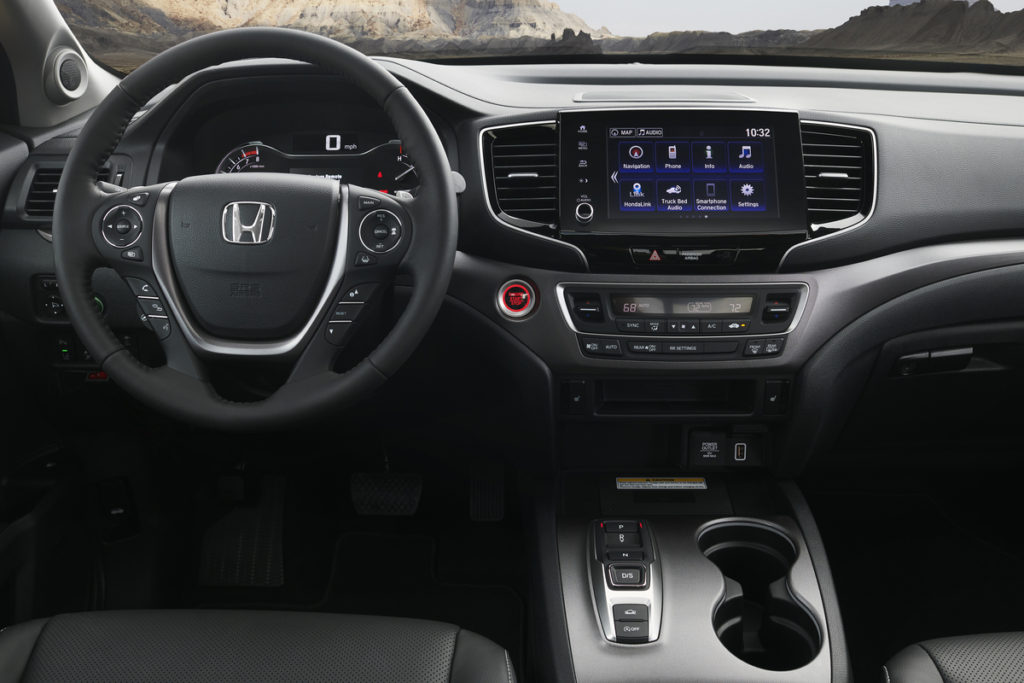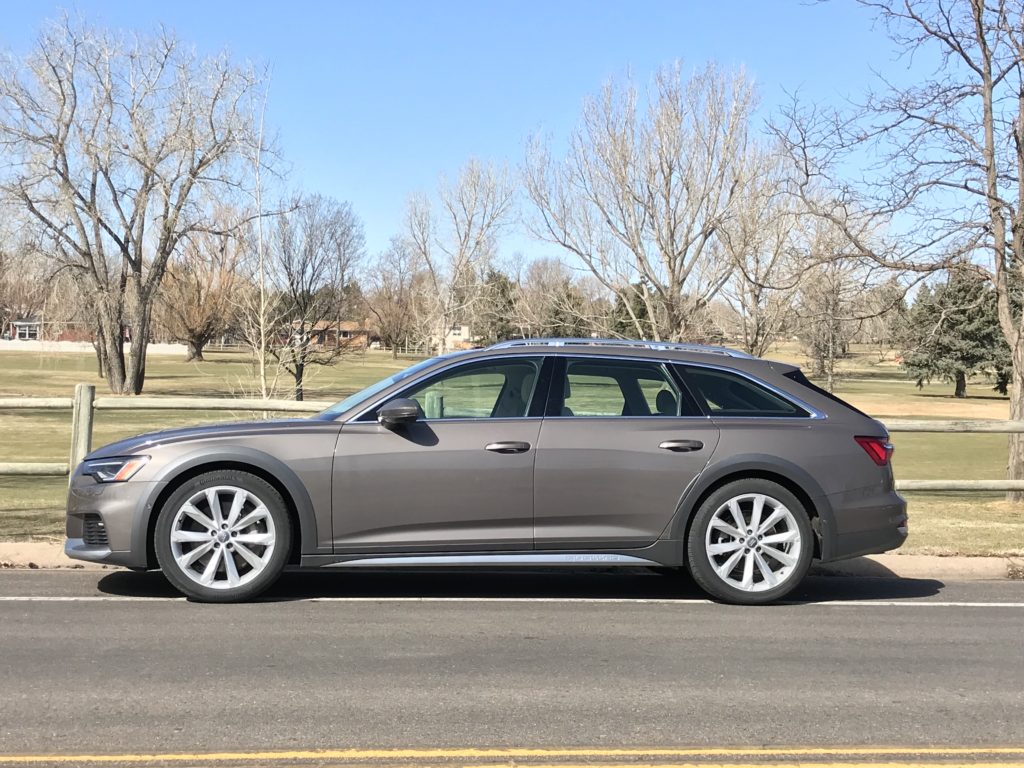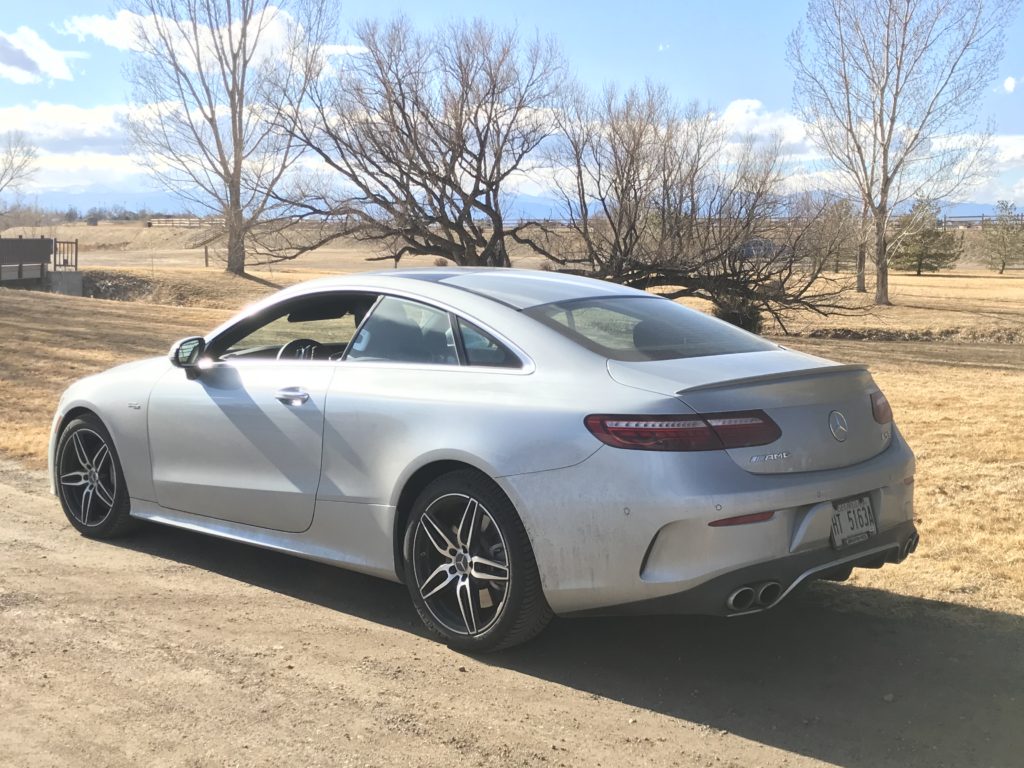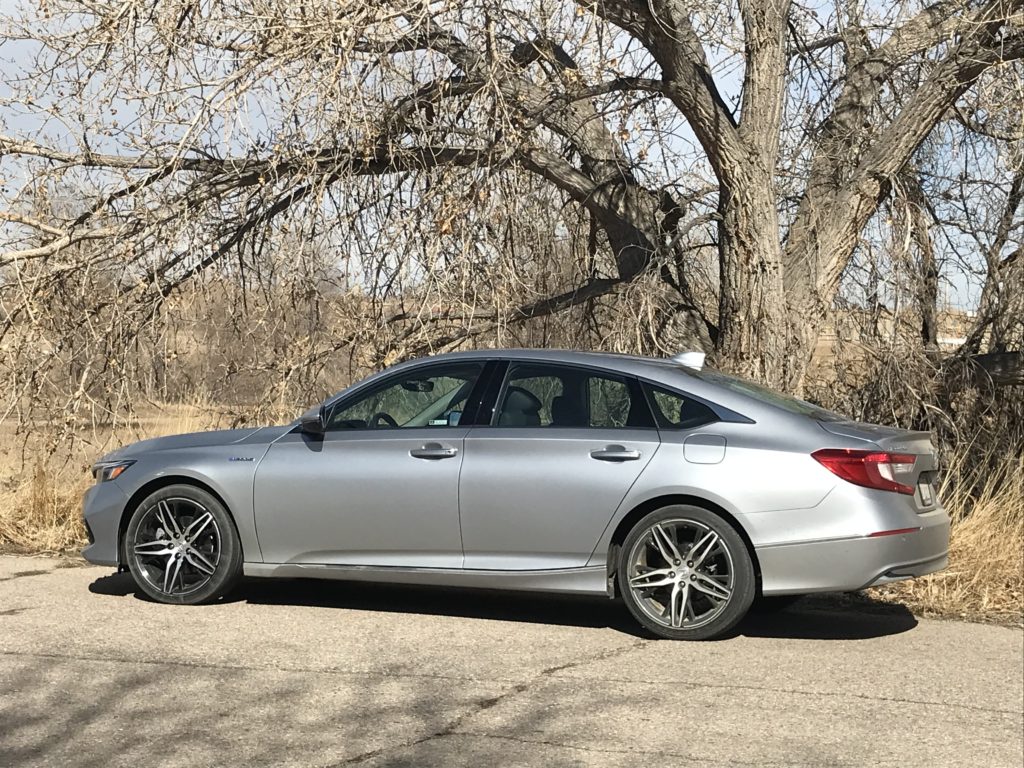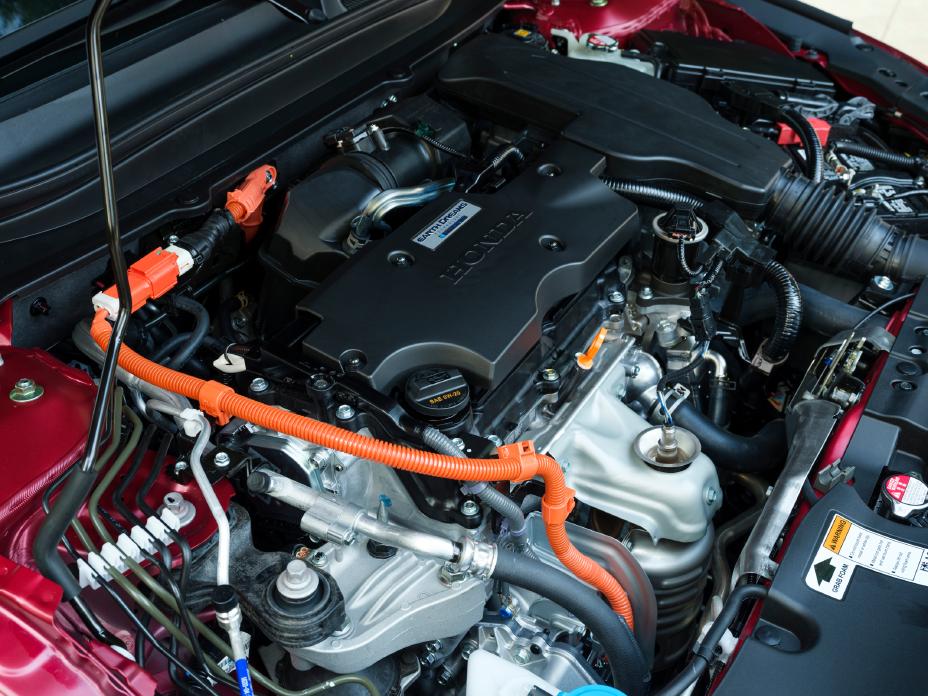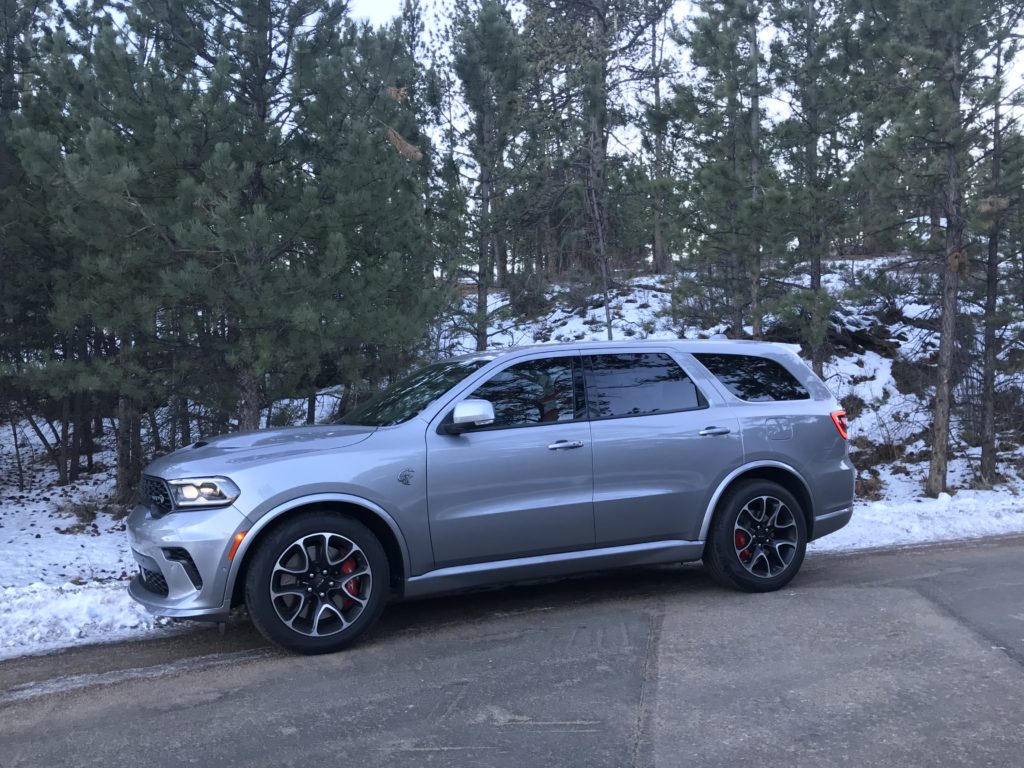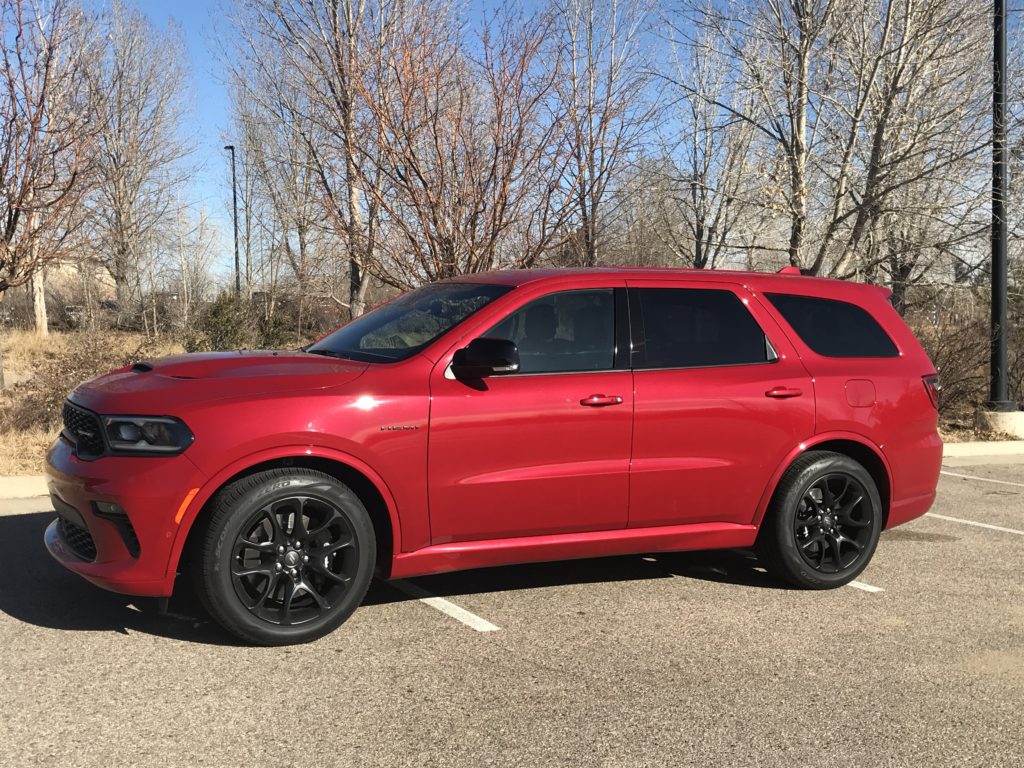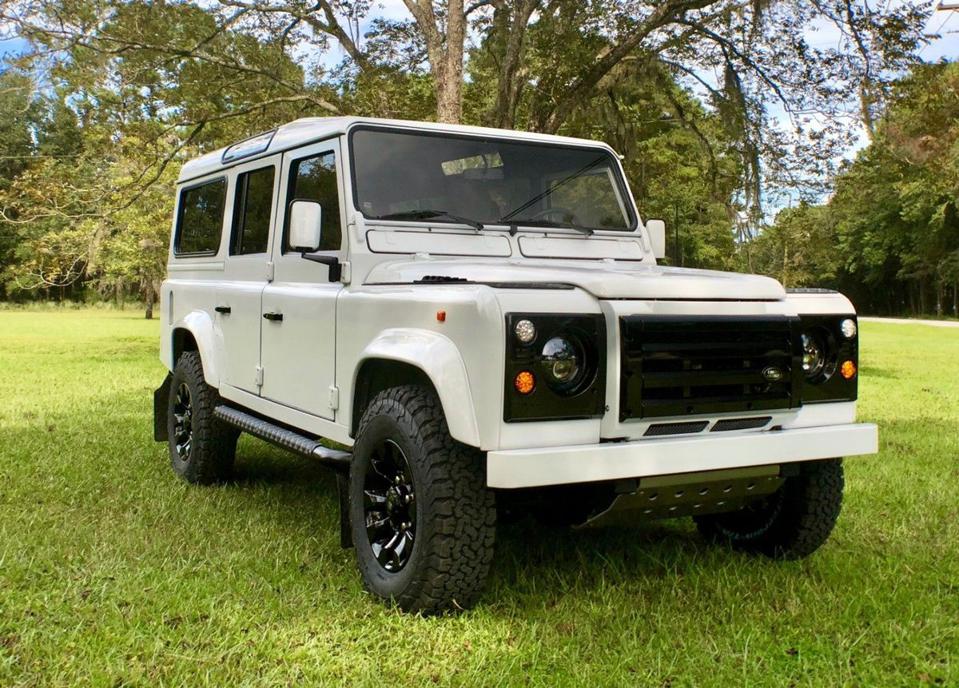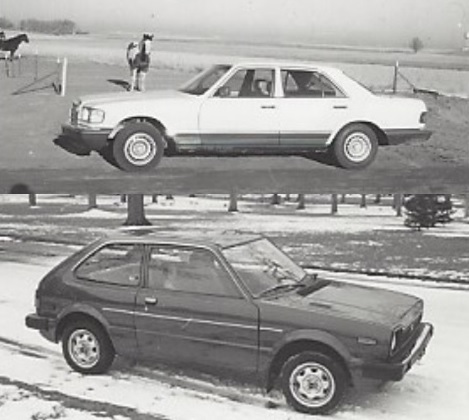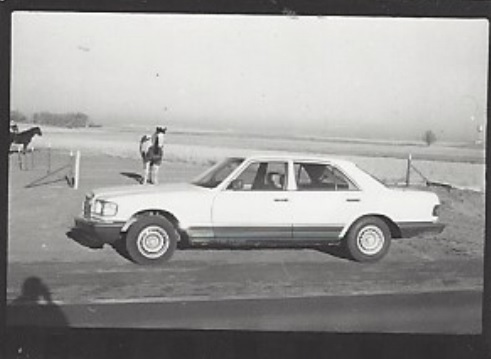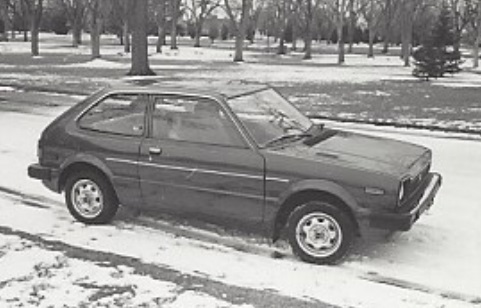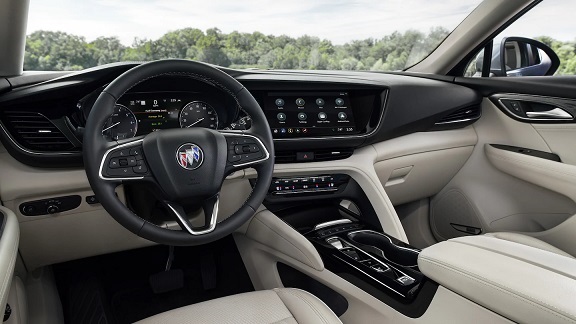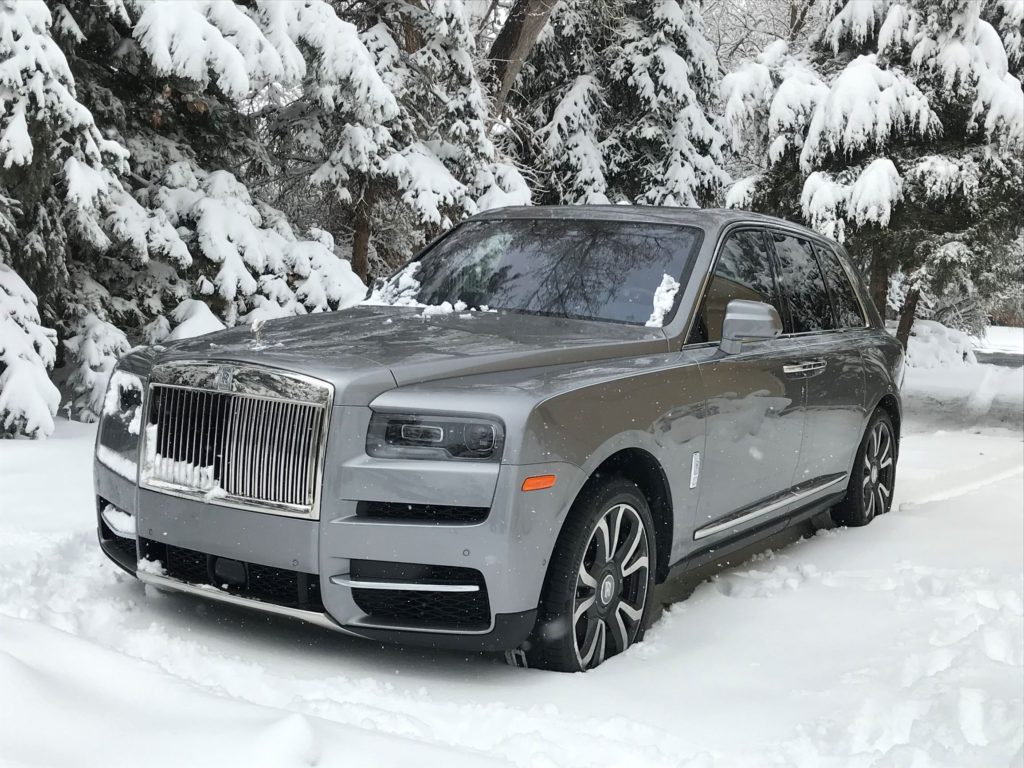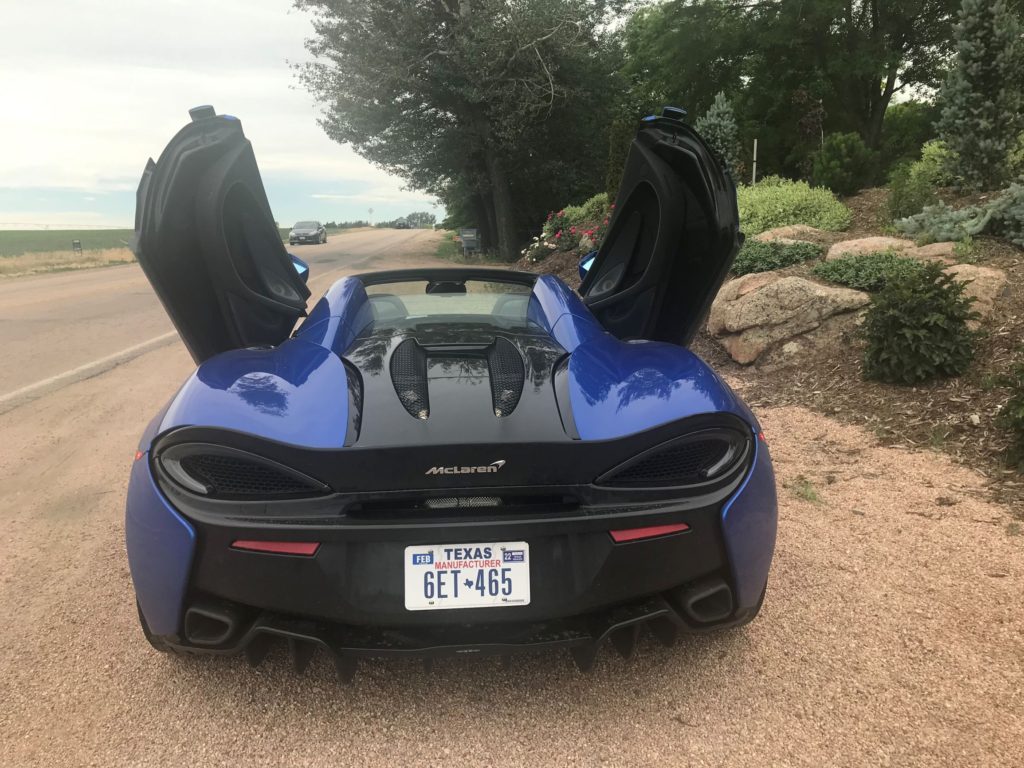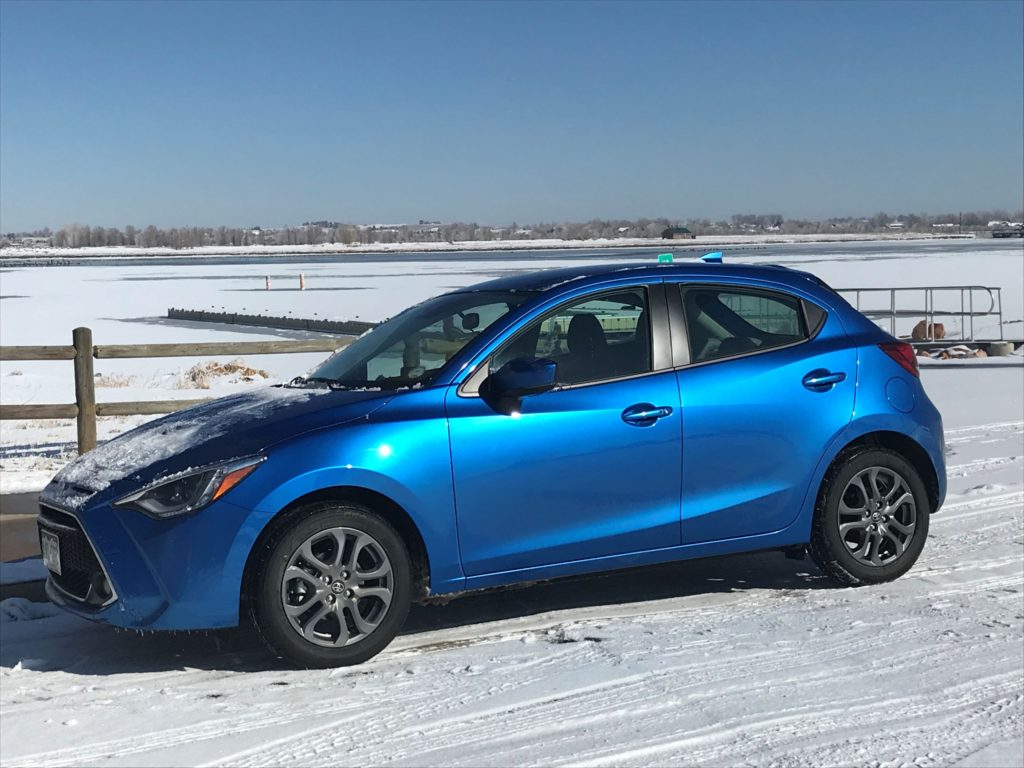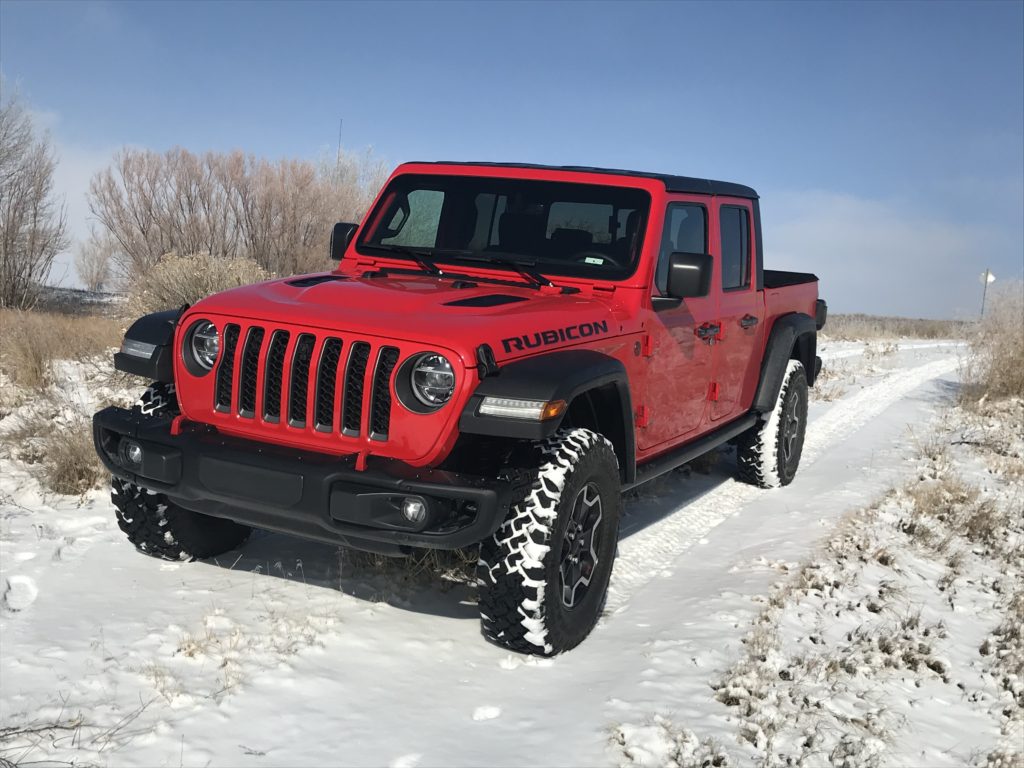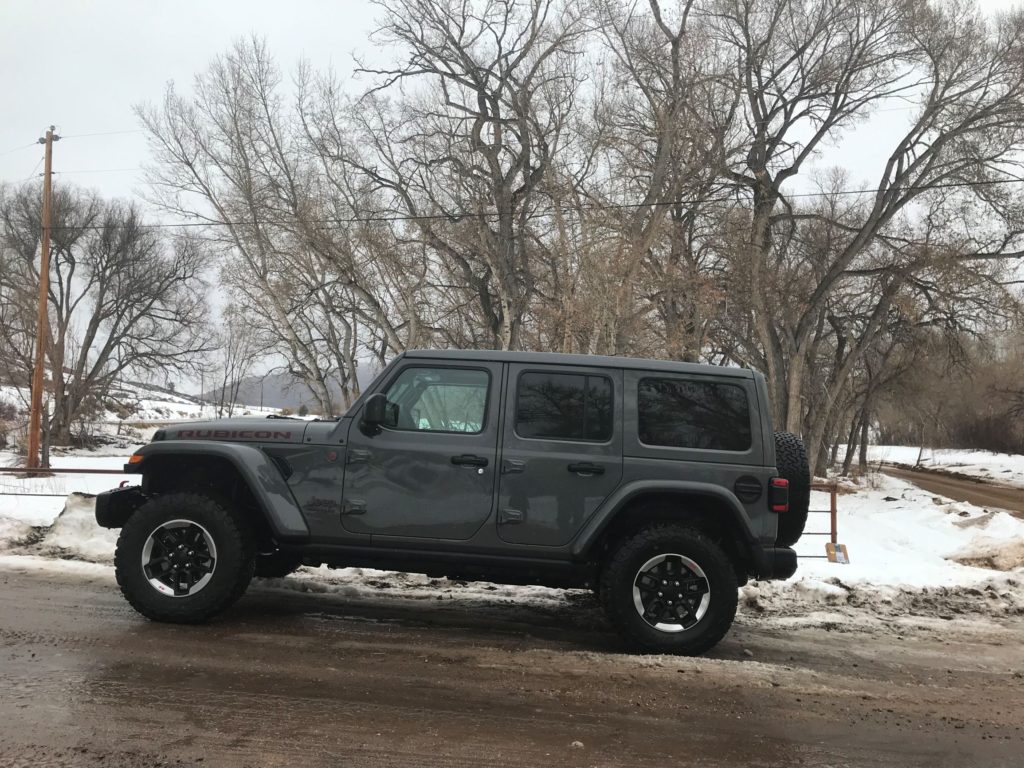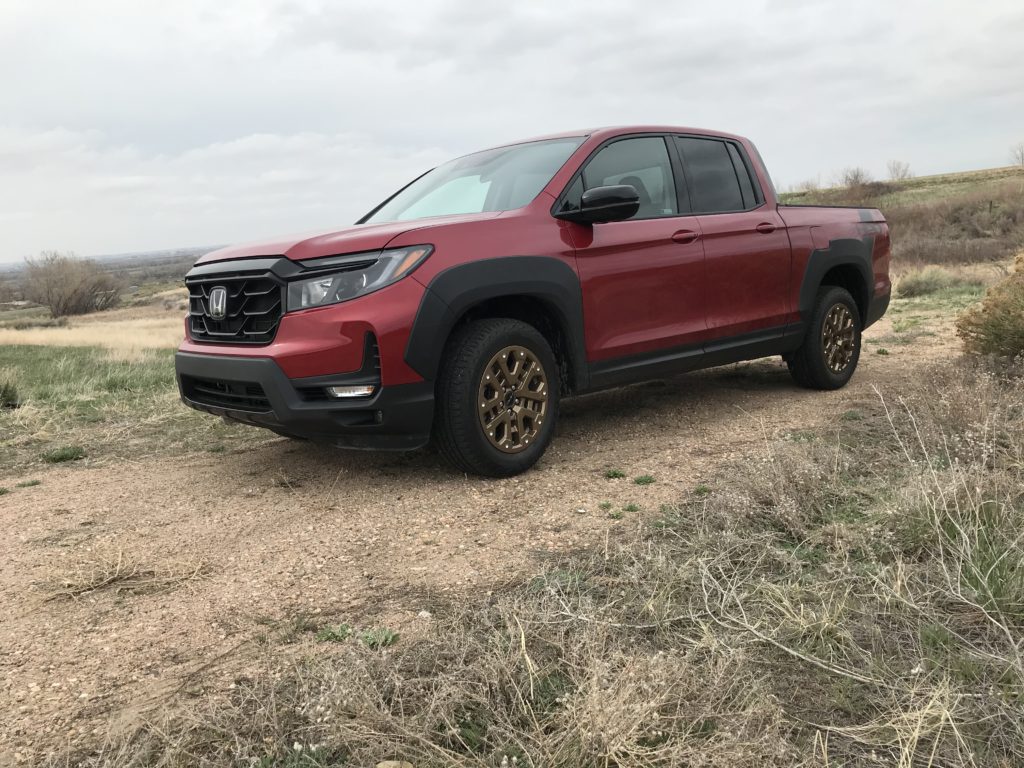
Honda for the 2021 model year has toughened the look of its Ridgeline compact pickup, long noted for excellent ride quality.
Tired of hearing little praise for the Ridgeline’s other characteristics, Honda execs ordered a redesign of the front, from the A pillar forward.
In addition to a larger and more bold grille in the restyling, prominent fender flares were added, HPD alloy wheels were finished in bronze and a new rear bumper shows off dual exhaust ends.
Maximum towing capacity, though, remains at 5,000 pounds, lowest among the seven compact pickup competitors. Several other makes exceed 7,000 pounds.
“Ours is not the most robust in its class, but we feel it’s more than enough for what segment customers might tow,” is a Honda statement, perhaps pretentious.
At a stop at Daltile out on E. 42nd Ave., Denver, a forklift operator loaded 830 pounds of shower wall and floor tile into the bed of the Ridgeline. Payload for the truck is class-leading 1,583 pounds, so even adding the weights for Jan and me, left 400 or more pounds of freight capacity. Bed size in the Honda is 60 inches long and 50 wide; beneath the floor at the rear is a deep-well trunk, with drain.
The performance from the Ridgeline in carrying the load was very good; beneath the hood is a 280-horsepower, 3.5-liter V-6 with variable cylinder management, 9-speed automatic transmission and all-wheel drive. Paddleshifters are linked to its push-and-pull electronic gear selector.
It maintained 75-miles-per-hour speed on I-25 when called for; its adaptive cruise was right on with distance control in the busy lanes of the highway.
Fuel mileage average for a week of driving, split equally between in-city and on-highway, was 22.1 mpg, with a 19.5-gallon fuel tank; its EPA estimate is 18/24.
The Ridgeline is of unibody construction, with MacPherson strut front shocks and multilink rear suspension. The four-door pickup is 210 inches in length on wheelbase of 125.2 inches. Curb weight is 4,510 pounds.
Beginning price for the Ridgeline AWD Sport is $37,665, with sticker price of $42,035. Base prices for the three higher trim levels are $40,465 for the RTL, $43,595 for the RTL-E and $45,095 for the Black Edition.
Among items included as standard for the Sport trim are Apple CarPlay/Android Auto integration and Bluetooth hands-free link, LED headlights with auto-high beam, dual action tailgate and remote engine start.
Also standard are lane-keeping assist and road-departure mitigation, part of the Honda Sensing safety and driver-assistive technology.
Compact pickup competitors of the Ridgeline are the Chevrolet Colorado, Ford Ranger, GMC Canyon, Jeep Gladiator, Nissan Frontier and Toyota Tacoma. First-quarter sales were
- 66,449 for the Tacoma,
- 24,166 for the Ranger,
- 24,083 for the Colorado,
- 18,882 for the Gladiator,
- 12,570 for the Ridgeline,
- 10,780 for the Frontier and
- 7,144 for the Canyon.
The Ridgeline is built at a Honda assembly plant in Lincoln, Ala.
